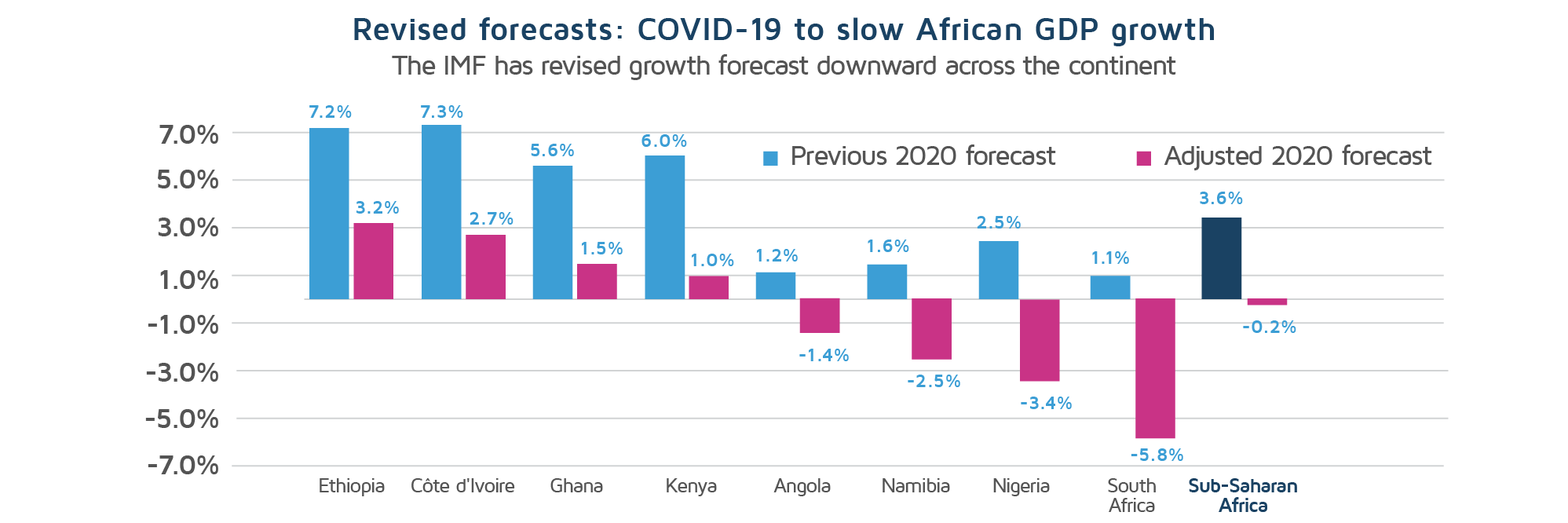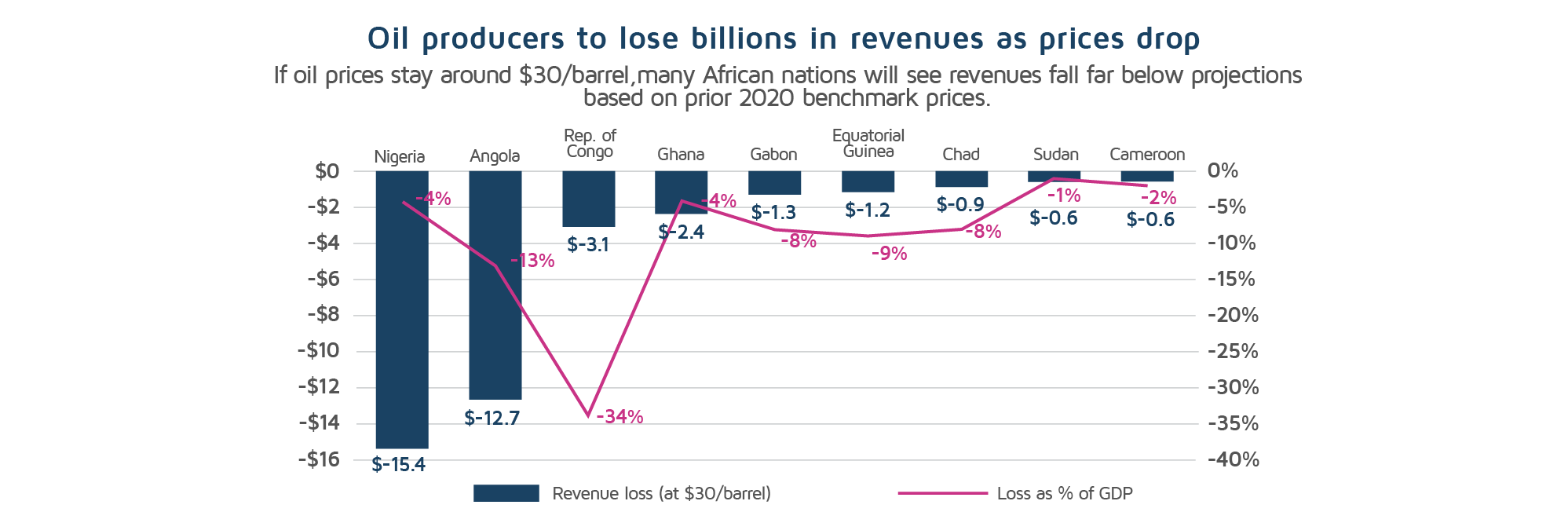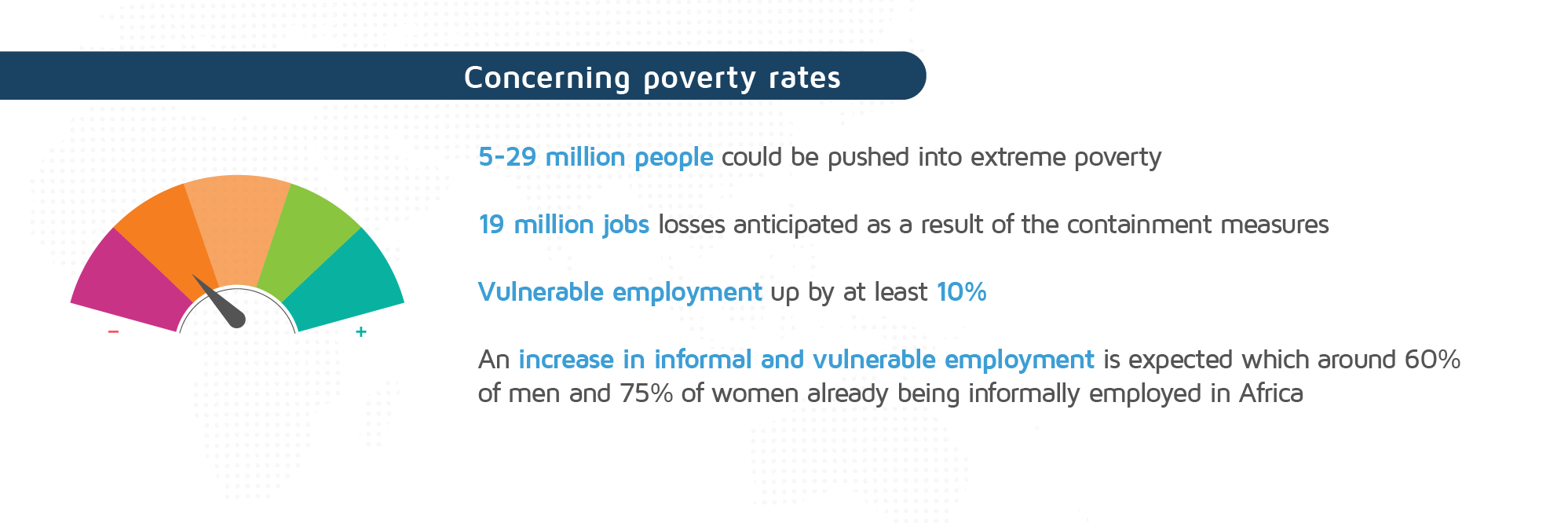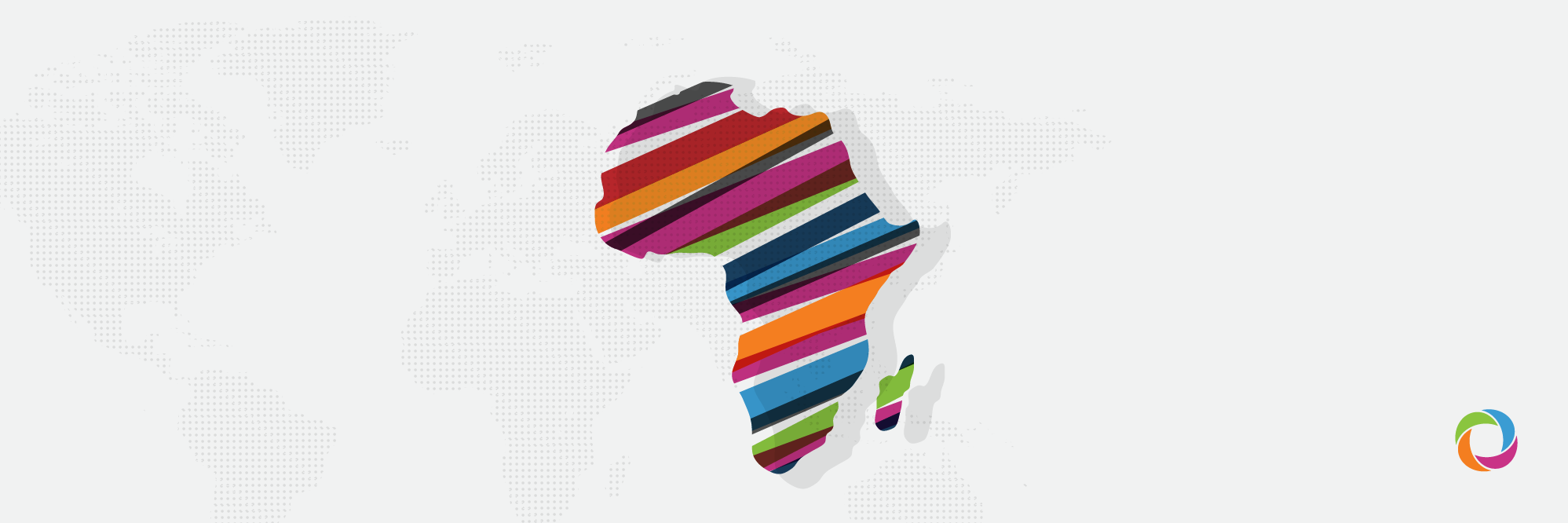While some countries are beginning to reshape a post-pandemic world after being paralyzed for several months, others are still fighting to change the curve and mitigate the devastating repercussions. The real cost of the impact of the COVID-19 outbreak remains an enigma, but it is a certainty that the most vulnerable populations will face lamentable consequences. The projections for the ongoing pandemic in Africa point to various developing scenarios, all of which carry simultaneous shocks and challenges that will change people’s lives from here on in.
The worst-case scenario predicted – 3.3 million deaths due to the ruthless virus, according to the U.N. Economic Commission for Africa (UNECA). Governments adopted rapid practical interventions before the virus wreaked havoc that prevented its explosive spread which could have turned that apocalyptic projection into a reality. Recent estimates indicate that the pandemic is likely to cause Africa’s GDP to drop by between US$22.1 billion and US$88.3 billion. African economies will experience a contraction of 1.8% even in the best-case scenario.

Pre-COVID data revealed the excessive debt levels of many African economies that had risen dramatically between 2017 and 2019. Emerging Market and Developing Economies (EMDEs) have registered debt levels of $55 trillion or more than 165% of their combined GDP. Twenty-one countries from Sub-Saharan Africa have borrowed roughly US$115 billion,
US$75 billions of this having been added in the last three years. Among the largest debtors are Egypt, Nigeria, Angola, South Africa, Côte d’Ivoire, Kenya and Ghana. Even though the G20 states have taken the decision to suspend official debt payments for the poorest populations, countries like Zambia, Tunisia, Angola and Ghana will still face massive external financing requirements and a lack of domestic fiscal space.
The ongoing crisis has led to severe disruptions in exports which, in turn, have devastated local economies and livelihoods. The price of oil has halved, major African exports activity has drastically reduced, the tourism sector has been flattened and businesses have collapsed.

Fragile and overwhelmed health systems have become even more vulnerable due to Africa being 94% dependent on imported medicinal and pharmaceutical products. At least US$100 billion is needed to be invested into health and social recovery and another US$100 billion to lead an economic stimulus.
Many low- and middle-income countries have limited resources to address the outbreak’s social and economic consequences. Those who face food insecurity in East Africa could double from 20 million to 43 million people. Loss of income, income losses, the increasing food prices and other disruptions will exacerbate nutritional stability in the region. According to a new report realeased by the Partnership for Evidence Based Response to COVID-19 (PERC), people are in danger of running out of money and food, some in less than a week. Such circumstances are forcing people to violate the containment measures in the search for food.

No country can escape the coronavirus unscathed but African governments may have slowed the spread of the pandemic because of their early decisive action and engagement in managing the crises. The African Development Bank (AfDB) has expressed its support by pumping in money to address the impacts. Its emergency packages have been delivered to the continent’s five geographic regions. Previously, AfDB announced an amount of US$10 billion to be used to mitigate the consequences of the economic downturn and job losses. The African continent will need several years to fully recover from such a powerful challenge.
You can get access to the most important events and news that DevelopmentAid tracks, through subscribing to our platform’s newsletter. Become a DevelopmentAid member to gain access to tenders and grants too.

